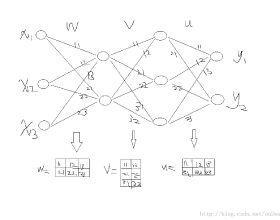This paper explores the difficulties in solving partial differential equations (PDEs) using physics-informed neural networks (PINNs). PINNs use physics as a regularization term in the objective function. However, a drawback of this approach is the requirement for manual hyperparameter tuning, making it impractical in the absence of validation data or prior knowledge of the solution. Our investigations of the loss landscapes and backpropagated gradients in the presence of physics reveal that existing methods produce non-convex loss landscapes that are hard to navigate. Our findings demonstrate that high-order PDEs contaminate backpropagated gradients and hinder convergence. To address these challenges, we introduce a novel method that bypasses the calculation of high-order derivative operators and mitigates the contamination of backpropagated gradients. Consequently, we reduce the dimension of the search space and make learning PDEs with non-smooth solutions feasible. Our method also provides a mechanism to focus on complex regions of the domain. Besides, we present a dual unconstrained formulation based on Lagrange multiplier method to enforce equality constraints on the model's prediction, with adaptive and independent learning rates inspired by adaptive subgradient methods. We apply our approach to solve various linear and non-linear PDEs.
翻译:暂无翻译




